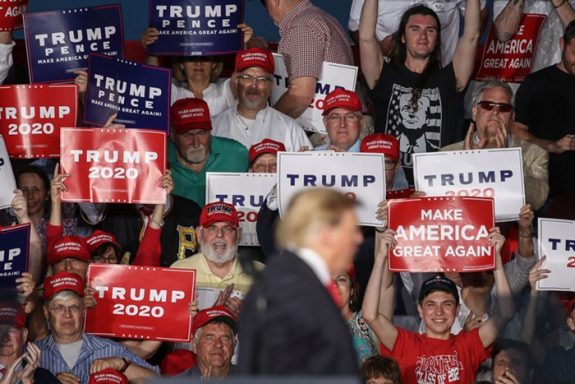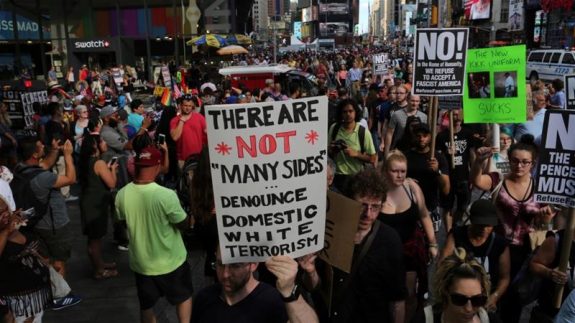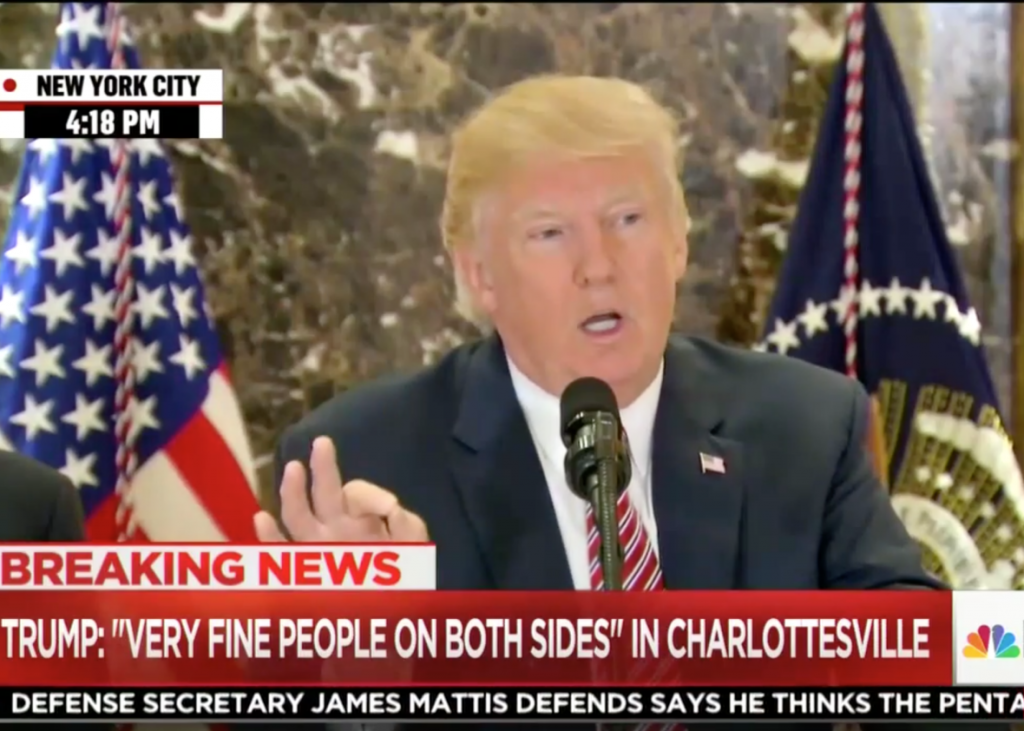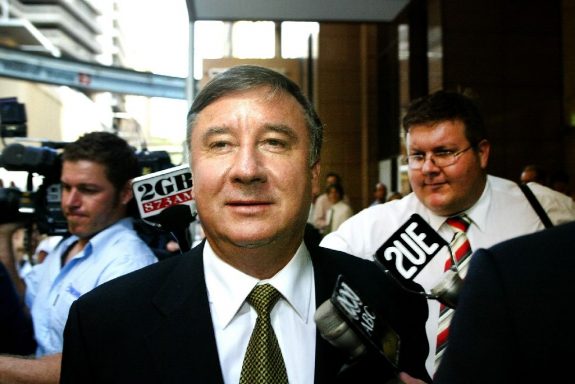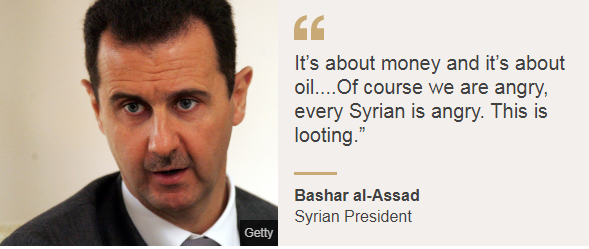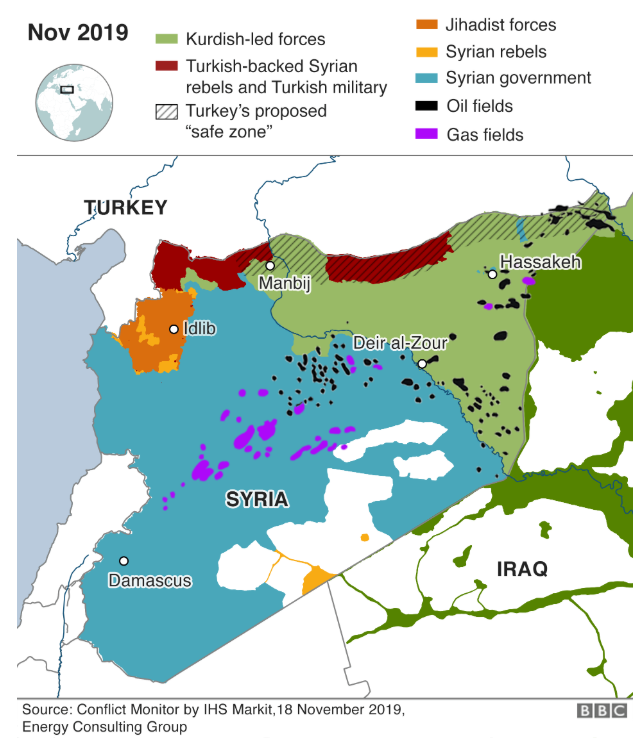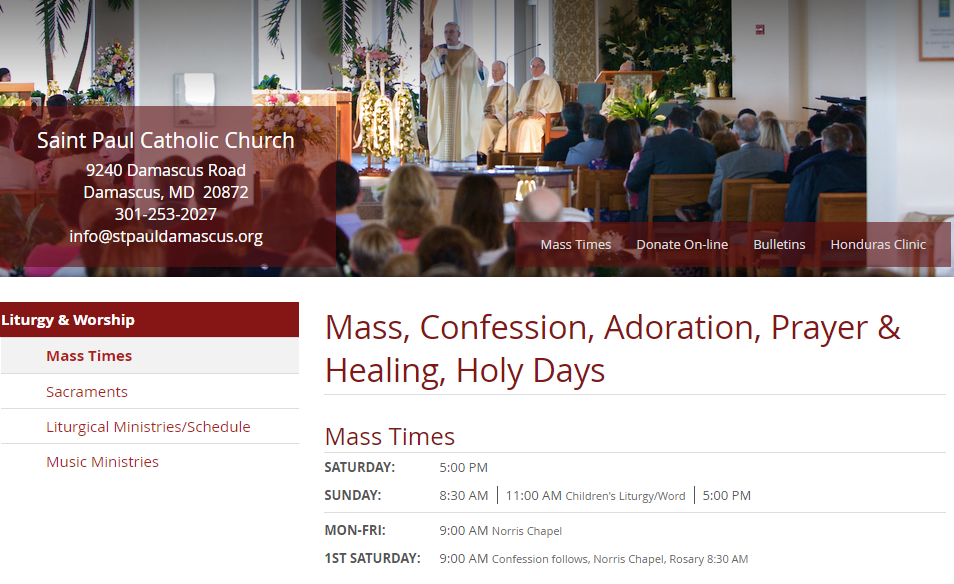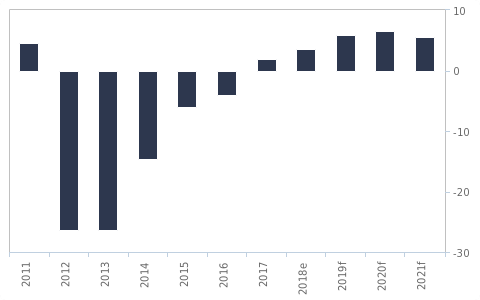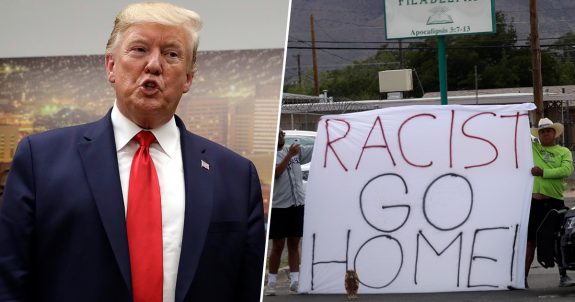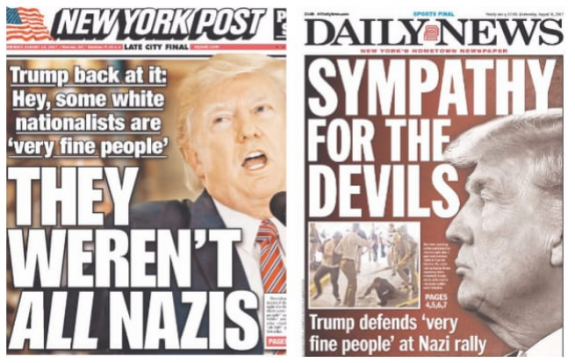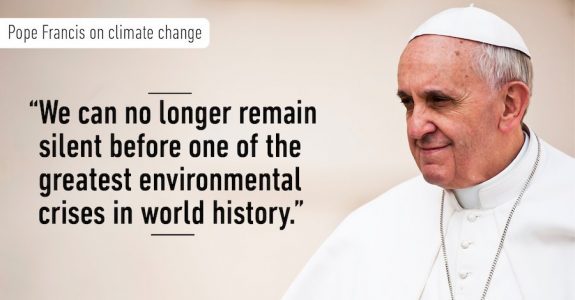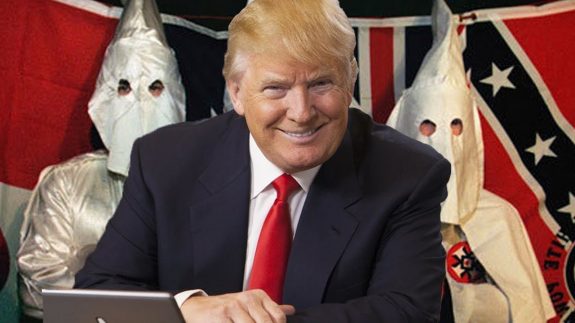By Dr George Venturini
Australians can be prosecuted at home for two offences committed offshore: child sex tourism and bribing foreign officials. The apparent reluctance to prosecute offshore bribery points to a deep-seated complacency in Australian law enforcement about these issues, says Ross Buckley, who is not only a law professor at the University of New South Wales, but as well Scientia Professor, KPMG Law and King & Wood Mallesons Professor of Disruptive Innovation and Law.
“This is probably due to the political power of the big companies,” he surmises. And one could be more assertive. Professor Buckley has been expressing long time ago the view that the government needs to provide guidance to Australian companies by reforming unwieldy provisions and publicly setting a maximum monetary amount for “facilitation payments” for each country overseas.
“Probably”? But, who is listening?
One has to go overseas, just across the Tasman, for a clear view of the problem and possible solutions. In November 2017 Transparency International published: As Good As We Are Perceived? A review of the approach to bribery and corruption by New Zealand business.
According to Transparency International’s annual Corruption Perceptions Index, New Zealand is perceived as the least corrupt nation in the world. In undertaking the study, Transparency International was interested to see if C.A.E.R.’s research data for New Zealand supports this perception. C.A.E.R. stands for Corporate Analysis Enhanced Responsibility.
“In Australia, bribery is a crime under the Commonwealth Criminal Code Act 1995. Australian nationals engaging in bribery of foreign government officials can receive fines of up to AUD 66,000 and ten year jail terms. Australian companies face fines of up to AUD 330,000 if convicted of bribing foreign officials. Australian companies and individuals may be convicted of bribery whether the act is committed from within Australia or from overseas.
There are two defences to the charge of bribery. The first is if the payments made are not illegal in the recipient’s country. [And that would have covered A.W.B. in Iraq] The other defence is that of facilitation payments.
There are discrepancies within Australian law as to what defines a facilitation payment and whether such payments are legal. The Criminal Code defines facilitation payments by stating that the payment must be: 1) of a nominal value; 2) paid to a foreign official for the sole or predominant purpose of expediting a minor routine action; and 3) documented as soon as possible.
The documentation must satisfy the reporting requirements also set out within the Criminal Code.
The Australian Income Tax Assessment Act (1936) (ITA) also sets out a definition of facilitation payments but does not include a reference to the minor nature of the payments. As the ITA Act does not refer to the size of a payment, and the Criminal Code does not define ‘minor’, it is unclear at what size a facilitation payment ceases being legal and becomes a bribe. (As good as we are perceived?, caer.com.au, PDF file, at 4).
Professor Buckley wondered: “It amazes me that company executives say [corruption] is the only way to get business – and almost everyone does it.” (Bribery and Corruption: How Good Guys Go Bad, businessthink.unsw.edu.au, 7 September 2010).
At the end of 2008 Mr. Rosario Fusca, the operational head of Australia’s biggest corruption investigation, the multi-agency taskforce, which comprised initially Australian Federal Police, Victoria Police, the Australian Taxation Office and A.S.I.C. officers, felt bound to write to his superior at the Australian Federal Police: “I refuse to be treated like a fool,” the email said. “This is a high priority AFP national investigation, the task is massive. If no proper effective support is given and maintained, I recommend closing this investigation.”
Mr. Fusca was quickly disciplined and demoted. Worse would come: stress leave, a humiliating return to work and, most recently, a Federal Court action which details an explosive claim that Fusca was offered a promotion in return for prematurely shutting down the police’s A.W.B. inquiry.
On 7 June 2012 he was on the A.B.C. 7.30 Report talking to Ms. Leigh Sales and spouting everything he knew about the failure properly to investigate A.W.B. His contention was that the Australian Federal Police had mishandled and prematurely shutdown the inquiry. And he documented his position. (Former investigator claims AWB kickbacks case mishandled, abc.net.au/7.30, 7 June 2012).
Mr. Fusca was indignant.
Overseas – he reasoned – many company executives who, like A.W.B. managers, engaged in sharp practices against the United Nations Oil-for-Food programme to pay ‘kickbacks’ to Saddam Hussein’s régime, had been gaoled and hit with huge fines. In Australia, not one of the many former A.W.B. managers whom the Cole Inquiry found to have acted corruptly had faced a criminal charge.
The Australian Securities and Investments Commission’s five-year pursuit of civil law breaches against six former A.W.B. senior figures had, by the middle of 2012, produced only one minor victory.
Mr. Fusca believed that the Australian Federal Police-led multi-agency taskforce set-up to investigate those responsible for paying the ‘kickbacks’ failed to reach its full potential. He thought that Australians deserved to know why.
“This is one of those investigations where there has been a wilful blindness [in the handling of it] … people need to be held accountable. It is as simple as that.”
Performance reviews of his work were all favourable, with one noting Mr. Fusca’s “considerable experience in leadership roles [and his] diligence and tenacity.” His reputation was partly the reason why he was chosen to help lead the multi-agency A.W.B. taskforce, set up after the Cole Inquiry to investigate whether the A.W.B. managers had breached state and/or federal laws by setting up a covert kickbacks-for-wheat-contracts scheme.
There are few official public statements about the work of the multi-agency taskforce.
The first news release announced the Melbourne-based taskforce’s formation in late 2006, the second, that the federal police’s A.W.B. inquiry was closing down in August 2009 after advice given to the A.F.P. by senior barrister Peter Hastings, Q.C. A.S.I.C. would be left to finish the A.F.P.’ s job.
According to the A.F.P. media statement, Mr. Hastings had advised that “the prospects of a successful criminal prosecution were limited and not in the public interest.”
Mr. Fusca told the 7.30 Report viewers a story of a taskforce set up poorly and shut down months before it had finished its work.
“It took ages for it to get off the ground.” he said of the initial struggle simply to find the taskforce accommodation, computers and staff to begin inquiries.
When office space was found, there were not enough investigators to analyse the millions of documents produced to Cole’s Inquiry, let alone begin interviewing witnesses and liaising with overseas agencies.
In Mr. Fusca’s opinion A.S.I.C.’s relationship with the Federal Police was “a mess”, partly due to legal impediments to sharing information and the two agencies’ different agendas.
Mr. Fusca, who had joined the taskforce as a team leader before being promoted to acting co-ordinator, said that he struggled to keep his staff motivated.
Despite the difficulties, he said that the taskforce had become increasingly confident that it was building the backbone of a strong criminal case, a view he said which had been endorsed in 2008 by lawyers from the A.F.P. and the Office of the Director of Public Prosecutions.
If the taskforce had been able to prove that A.W.B. employees had committed a fraud on the Australian Government – or the United Nations – by not disclosing the ‘kickbacks’ hidden in wheat contracts, police could potentially lay charges.
Not long before the interview, the Cole Inquiry’s senior barrister, John Agius, Q.C., had told The (Melbourne) Age that police had plenty to work with. “In my belief, it was a very strong case that Commonwealth and perhaps the Victorian state laws had been breached,” he said. “In my view, there were cases to answer and I expected the matter would be in court and people would be prosecuted.”
Among the evidence that Mr. Fusca said his team had discovered were emails in which some A.W.B. managers discussed the need to keep the ‘kickbacks’ a secret.
A confidential legal opinion obtained by The (Melbourne) Age and written by Peter Hastings, Q.C., the barrister whose later advice would lead to the inquiry shutting down, confirms the inquiry had a sound legal basis from which to build a criminal case.
“I agree that there is a proper basis for pursuing a case of fraud to the effect that … [officials were] deceived into granting approval [to A.W.B.] for the export of wheat to Iraq,” said Hastings’ memorandum to the A.F.P. in April 2008, more than a year after the taskforce was formed.
Mr. Fusca said that his team was well aware of the intense political sensitivities around the case (the Labor Opposition had spent much of 2006 accusing the Howard Government of knowing about A.W.B.’s conduct), especially after it recruited a confidential, high-ranking political informant.
The informant, said Mr. Fusca, provided fresh intelligence that some Australian government officials had known of A.W.B.’s corruption, an allegation discounted previously by Mr. Cole.
Mr. Fusca said that the slow but sure progress of the taskforce in the second half of 2008 included a briefing with Commonwealth Director of Public Prosecutions Chris Craigie, Q.C. who encouraged the A.F.P. to continue building its criminal case. But inside the A.F.P. Mr. Fusca received a different message from some superiors. At an A.F.P. senior managers’ function at a bar in Canberra on 10 December 2008, Mr. Fusca said, he was approached by another senior officer. The incident that Fusca described was also detailed in his sworn Federal Court claim that the A.F.P. breached the Fair Work Act 2009 in its treatment of him.
“There was a general conversation about a variety of things and then he said if I could make the taskforce disappear, I’d be the next co-ordinator [in the A.F.P.’s special operations section].”
Mr. Fusca, who had recently sought a promotion from acting co-ordinator to co-ordinator, said that implied the message seemed clear. “If I could somehow close the inquiry, that the position of co-ordinator would be made available to me. I was completely floored by it … if I had my time again, I would have reported it there and then [rather than wait until taking court action]. I was just so taken aback by it.”
A day after the approach, Mr. Fusca said, another senior A.F.P. official in Canberra told him that the criminal brief against the A.W.B. suspects had to be finished by April 2009. Mr. Fusca claimed that he responded by saying this request was unachievable and that the earliest possible date for a criminal brief to be finished was by the end of 2009.
In a statement responding to detailed questions from The (Mebourne) Age, the A.F.P. said on 6 June that it was aware of the allegations made by Mr. Fusca in the Federal Court, but that it “is not appropriate for the A.F.P. to make any further comment on this matter as it is the subject of current judicial proceedings.”
The A.F.P. also said that by 2007 the taskforce had 27 staff and a multimillion-dollar budget.
Mr. Fusca returned to Melbourne and intensified his campaign for more investigators, wanting at least another dozen. On 18 December, a week after his trip to Canberra, he learnt he was getting just three, one of whom was about to resign.
“Here I was in charge of supposedly the A.F.P.’s No. 1 investigation. We had all these kickbacks being sent to a regime that was horrible and I was being sent an officer that was resigning,” he said.
Mr. Fusca responded by sending an email to three superiors detailing the taskforce’s “severe staffing problem” and the previous “factors that have impeded the taskforce from meeting critical deadlines.”
“It is difficult to digest and not become cynical when attempts are made to transfer members to a taskforce under these circumstances. This approach to staffing the taskforce is not the first … and I can say that our counterparts at A.S.I.C. and the Victoria Police have raised questions on how serious the A.F.P. is taking this taskforce.”
The email triggered his immediate demotion and led to a series of events which ultimately ended Mr. Fusca’s career.
He was removed from the taskforce and he took extended holiday and stress leave.
Mr. Fusca said that the A.F.P. gave him mostly menial tasks when he returned to work in March 2009. A confidential A.F.P. performance review of Fusca in August 2009 – eight months after he was demoted – urged his superiors to recognise “Ross’s previous experience and his obvious capabilities” and give him “more opportunities in a supervisory or command environment.” Those opportunities never came and Mr. Fusca resigned in late 2010.
Mr. Fusca’s lawyer, Nicole Spicer, described the A.F.P.’s treatment of his client as appalling.
“He has dedicated all his life to law enforcement and justice and he has been humiliated and embarrassed,” said Ms. Spicer.
But Fusca’s anger was extending beyond his own treatment. He said that the A.F.P.’s decision to shut down his taskforce was far too premature.
“If the evidence wasn’t there, I would say we’ve given it our best shot,” he said. “[but] we were months and months away from making that decision … There were thousands upon thousands of documents that hadn’t been examined correctly and weren’t being examined because members weren’t being replaced.”
An email to Mr. Fusca from a still serving federal agent, who was with the taskforce when it shut down, showed that Mr. Fusca’s views were shared by others within the federal police.
“Only over time, will the damage that has been done to this job be exposed,” the email said. “The A.F.P. has dropped the ball and failed to address the real issues that you as the boss faced.”
Two other members of the A.F.P. taskforce confirmed to The Age’s investigating journalists their belief that the inquiry could have been handled better.
In its statement, the A.F.P. said that the issues raised internally by Mr. Fusca were dealt with appropriately. It also pointed out that the taskforce faced several challenges beyond its control, including the need to re-collect evidence already gathered by the Cole Inquiry and the fact that legal challenges meant it was difficult to share information with A.S.I.C.
The A.F.P. refused to release the advice from Peter Hastings on which it relied to shut down its inquiry. But the A.F.P.’s statement highlighted its more recent successes in investigating white collar crime, including the bribery probe which has led to the charging of two Reserve Bank of Australia companies.
A.S.I.C.’s civil penalty cases lodged in the Supreme Court of Victoria against six former A.W.B. senior figures were stalled, as settlement negotiations between the ‘corporate regulator’ and the accused men continue.
A week before the interview a court heard that A.S.I.C. and former A.W.B. chief executive Andrew Lindberg had agreed to a settlement involving an admission that he had breached his director’s duties, the payment of a $100,000 penalty and, subject to court approval, a ban on directing a company until 2014.
Mr. Lindberg had admitted failing to tell the A.W.B. board that former employees of the company likely to have information “relevant to the allegations of impropriety” were not being interviewed for the company’s internal investigation, dubbed Project Rose.
The Court heard that Mr. Lindberg had also failed to tell the board that the U.N. Independent Inquiry Committee’s 2005 Volcker investigation into the Oil-for-Food programme had heard allegations that the A.W.B. was among companies which had paid ‘kickbacks’ to Saddam Hussein’s régime.
Sentencing, Victorian Supreme Court Justice Ross Robson said that while Mr. Lindberg’s negligence was not deliberate and he had otherwise maintained “honest and loyal conduct” throughout his career, his breaches were serious.
“None of the contraventions involve deliberate wrongful acts, dishonesty or any moral turpitude.” … “Nevertheless, Mr. Lindberg failed to perform his duties as a reasonable director or officer would in his situation. I find that the breaches of the act were serious.”
Nevertheless, Mr. Lindberg had not admitted to any malfeasance involving the actual payment of almost AU$300 million in ‘kickbacks’ to Saddam Hussein’s régime.
What he said, if correctly reported by the media, indicated that he had learned nothing from the ordeal. Speaking outside the Court, in a considerable display of victimism, he warned firms to be cautious when trading abroad.
“It’s been a long ordeal, six and a half years … I’ve never resiled from my responsibilities and I don’t do it now. And I just want to get on with my life and do what I can,” he told reporters outside the court.
“I think in any market, particularly overseas when you deal with third-world countries, I think you’ve got to be very careful, and it’s perhaps easier than you think to make mistakes. … “I just want to get on with my life now and thank everyone that’s supported me and thank the court for the consideration I’ve been given.”
On his part, the chairman of the ‘corporate regulator’ issued a statement to declare among some other fatuous reflections that Mr. Lindberg’s punishment should remind executives fully to grasp and obey their corporate responsibilities. “Good corporate governance requires executive directors to make adequate inquiries in relation to matters before them and properly inform the board.” (‘Former AWB boss fined over Iraqi bribes’, abc.net.au).
Mr. Fusca expressed his conviction that the public deserves a full explanation as to why Australian law enforcement agencies have so little to show for their efforts, six years after the Cole Inquiry exposed one of the nation’s biggest corruption scandals. (N. McKenzie and R. Baker, ‘Scandal? What scandal?’, The Sydney Morning Herald, 7 June 2012).
At the end of December 2013, while the A.S.I.C. was continuing legal proceeding against Trevor Flugge and Peter Geary over the ‘kickbacks’ to Saddam Hussein’s régime, legal proceedings against two staff involved in the scandal in the late 1990s were dropped.
After Andrew Lindberg and the former chief financial officer Paul Ingleby had been fined and disqualified from managing corporations, A.S.I.C. dropped the proceedings in the Supreme Court of Victoria against Charles Stott and Michael Long because it found no fault with their dealings and it was no longer in the public interest.
But A.S.I.C. confirmed that cases against the former A.W.B. chairman Trevor Flugge and the former general manager of trading Peter Geary were ongoing. (S. Locke, ‘ASIC drops case against former AWB staff, abc.net.au, 24 December 2013).
On 12 December 2015, almost two decades after Trevor Flugge had visited Saddam Hussein’s régime for the first time and the ‘kickbacks’ scandal exploded, Mr. Trevor Flugge, former chairman of A.W.B. faced his day in court.
Mr. Flugge was defending four allegations of breaching his director’s duties under the Corporations Act, while former general manager for trading Peter Geary was facing thirteen allegations of breaching his executive duties. Each breach carries a maximum fine of $ 200,000.
The 10-week civil trial began on that day in the Supreme Court of Victoria before Judge Ross Robson, having been initiated by the ‘corporate regulator’. “Flugge headed A.W.B. delegations to Iraq in 1996, 1998, 1999 and 2001,” A.S.I.C. said in its third further amended statement of claim.
Despite the extraordinary passage of time, the trial promised to involve former ministers and senior public officials who were named in court documents and risked being called as witnesses to recall the decade-old events.
“On 2 April 1998, Flugge wrote to Tim Fischer, the then Deputy Prime Minister and Minister for Trade advising of a meeting scheduled with the Iraq Minister for Trade later that month.” one of the Court documents stated.
“In response to Australia’s decision to place troops in the Gulf region, Iraq intended to cut Australian wheat imports and … be replaced by imports from one of AWB’s major competitors, France. Flugge requested that the Deputy Prime Minister provide AWB with a message to pass on to the Iraq Minister for Trade indicating, among other things, the importance that is attached to the wheat trade between Australia and Iraq.” another document said.
Continued Wednesday – Our mate: Saddam Hussein al-Tikriti (part 7)
Previous instalment – Our mate: Saddam Hussein al-Tikriti (part 5)
 Dr. Venturino Giorgio Venturini devoted some seventy years to study, practice, teach, write and administer law at different places in four continents. He may be reached at George.venturini@bigpond.com.au.
Dr. Venturino Giorgio Venturini devoted some seventy years to study, practice, teach, write and administer law at different places in four continents. He may be reached at George.venturini@bigpond.com.au.
Like what we do at The AIMN?
You’ll like it even more knowing that your donation will help us to keep up the good fight.
Chuck in a few bucks and see just how far it goes!

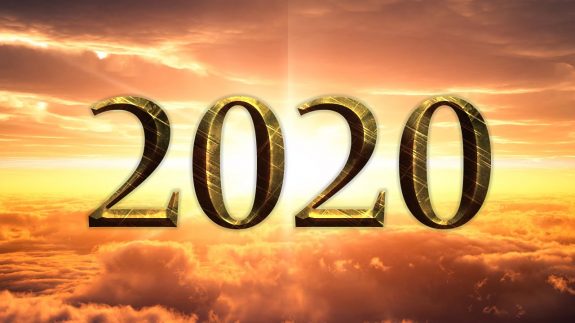










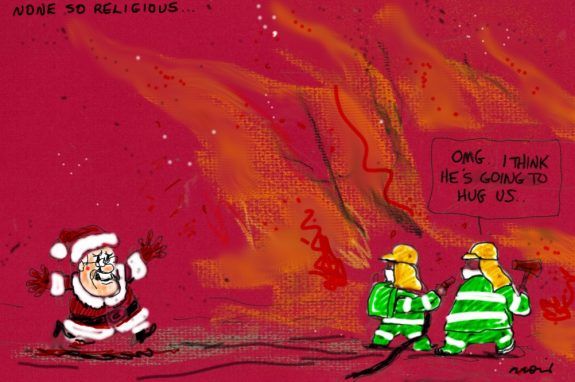

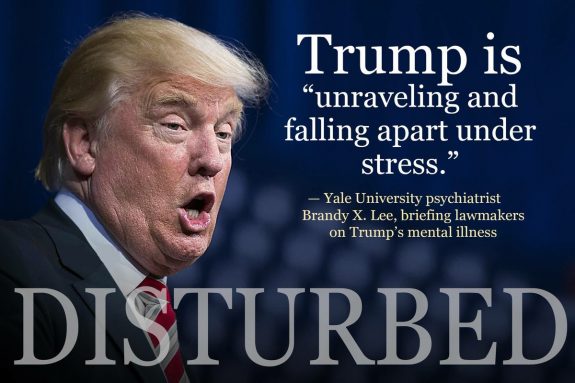
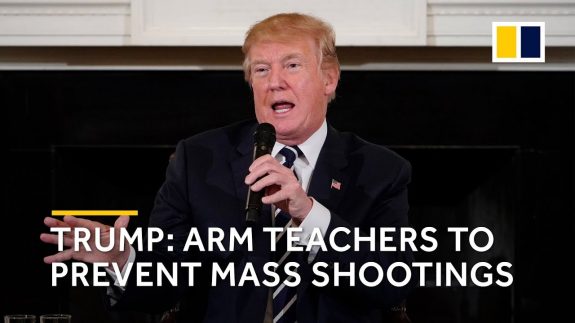
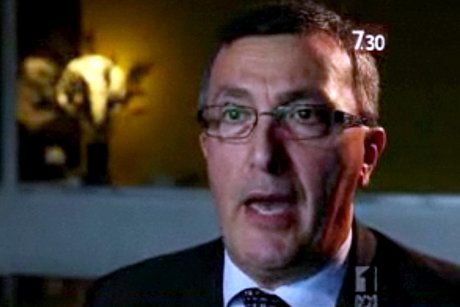
 Dr. Venturino Giorgio Venturini devoted some seventy years to study, practice, teach, write and administer law at different places in four continents. He may be reached at
Dr. Venturino Giorgio Venturini devoted some seventy years to study, practice, teach, write and administer law at different places in four continents. He may be reached at 